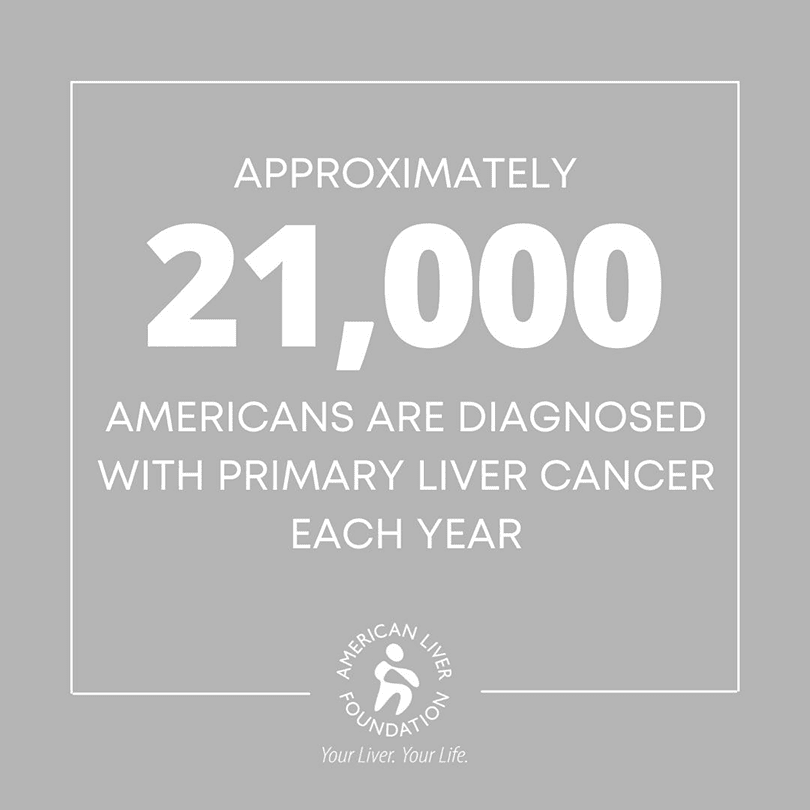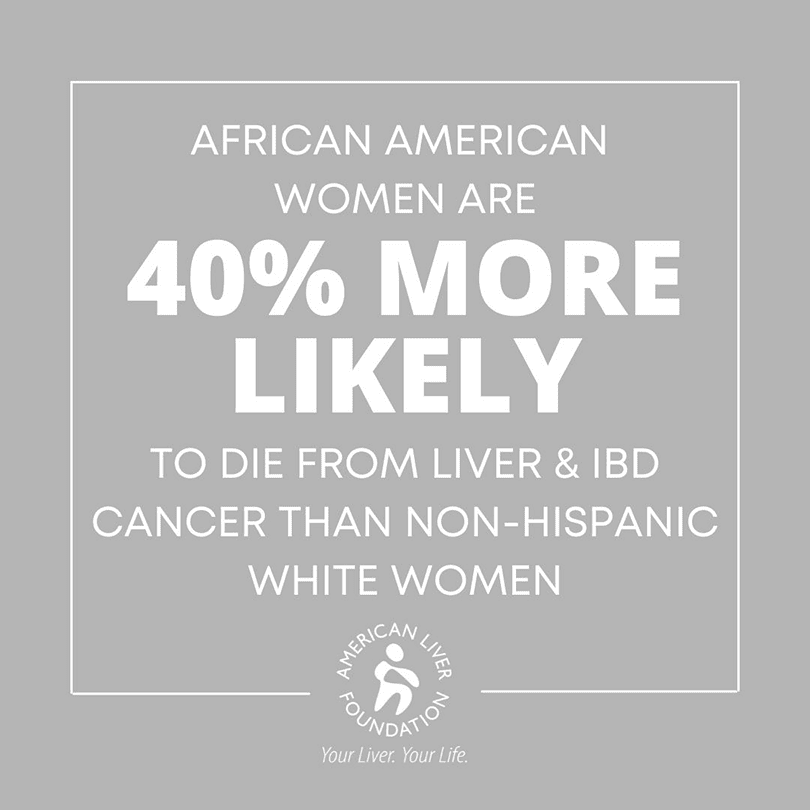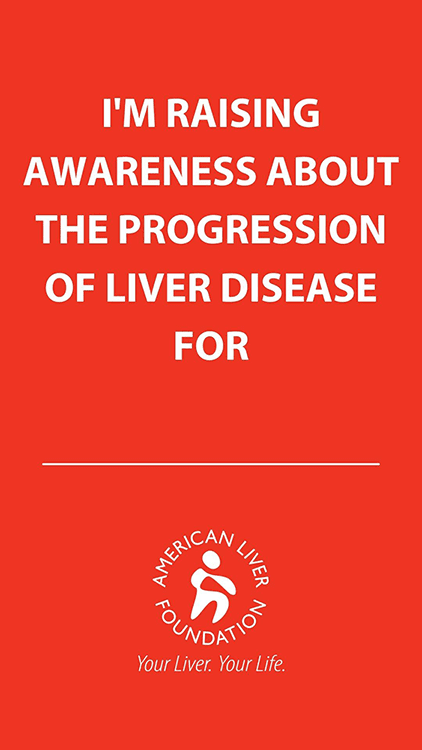Organization
The American Liver Foundation is a nationwide network of volunteers and staff who provide awareness, outreach, education programs and support services to educate the public about liver health and improve the lives of individuals with liver disease.
Mission
Our mission is to facilitate, advocate and promote education, support and research for the prevention, treatment and cure of liver disease.
History
Although liver disease is among the ten major causes of death in the United States, there was no national voluntary health agency devoted exclusively to combating liver diseases until 1976, when the American Liver Foundation was formed.
The American Liver Foundation was created in 1976 by the American Association for the Study of Liver Disease (AASLD). This organization of scientists and healthcare professionals was concerned with the rising incidence of liver disease and the lack of awareness among both the general public and the medical community. The mission, the programs and the services provided by American Liver Foundation complement the great work of AASLD.
American Liver Foundation makes a measurable difference in the fight against liver disease by providing financial support for medical research, education for medical professionals, and advocacy and information for patients and their families, and by creating public awareness campaigns about liver wellness and disease prevention.
Programs
The American Liver Foundation network offers a wide range of patient, public and professional education programs across the country. Read more…
Education Materials…
…are available on numerous subjects including hepatitis A, B and C, liver cancer, biliary atresia and liver health. Select materials are available in Spanish. Read more…
Research
The American Liver Foundation’s Research Award Program is the largest non-governmental resource of liver research funding.
Since 1979, the ALF has provided more than $24 million though nearly 800 awards to physicians and research scientists studying new preventions, treatments and cures for liver disease.
Award recipients have broadened the understanding of the liver, discovered new ways to treat patients, published nearly 30,000 scientific journal articles and secured over 200 prestigious NIH grants to further advance the scientific study of liver health and liver disease.
Learn more about the American Liver Foundation Research Awards Program here.
Advocacy
The American Liver Foundation participates in federal, state and local advocacy efforts that address the needs of people affected by liver disease and focus on larger health care issues that improve liver health.
Help Line 1-800 GO LIVER
If you have a question about liver health or liver disease, call the ALF Help Line. This service provides information on prevention, risk factors, early detection, symptoms, diagnosis, research and treatments.




 Please use the following tools to help you guide your social media activity for #POLD2021, but please personalize and share your own stories, photos and experiences as much as possible.
Please use the following tools to help you guide your social media activity for #POLD2021, but please personalize and share your own stories, photos and experiences as much as possible.













